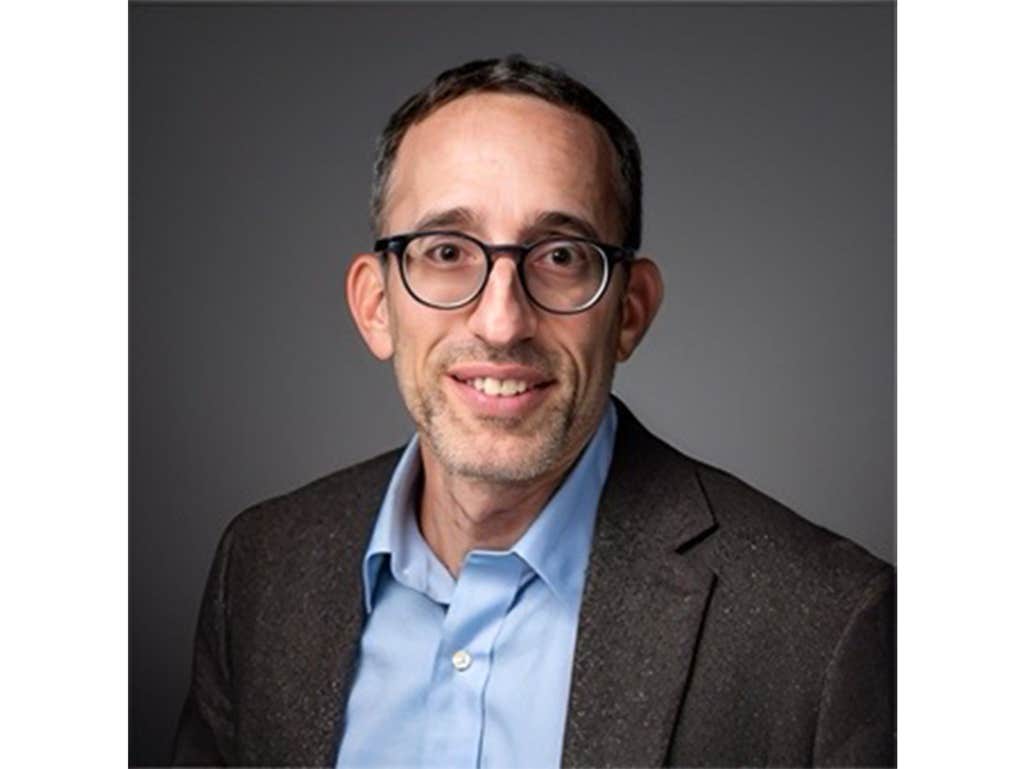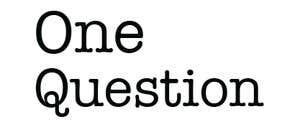
We’re living longer now than ever before in human history. Not just the extreme record breakers like 121-year-old Jeanne Calment, but average global life expectancy is at an all-time high of about 73 years. While life expectancy has increased over the past two centuries, human potential for long lifespans has been with us for far longer.
For most of the 250,000 years humans have been living on Earth, we lived as hunter-gatherers, not toiling in office buildings and factories in large cities. Among hunter-gatherers, life expectancy was short—typically ranging from 25 to 35 years. Yet these averages belie the true extent of our ancestors’ lives. They’re dragged down because of high mortality rates early in life. In every hunter-gatherer group that has been studied closely enough to yield reliable information on ages, elders have been identified in their 60s, 70s and 80s. A major difference between then and now is just that many more of us now are lucky enough to reach elderhood. It seems the potential to live seven decades is built into our biology. The difference between then and now is one of degree, not kind.

What a revelation that this potential for long life is an essential part of who we are. It’s not just a recent embellishment thanks to modern medicine. Understanding how this long life came to be in the first place is what motivated me to live and work among small-scale societies like the Ache of Paraguay and the Tsimane of Bolivia, and to write my recent book Seven Decades. Long life evolved because it helped our hunting and gathering ancestors survive harsh environments: The younger generations relied on the experience, wisdom, and support of the elders to make ends meet.
In fact, I am convinced that one reason modern humans outcompeted other hominins wasn’t because of individual clever brains solving complex problems—but cooperation between generations and the advanced skills, expertise, and cumulative knowledge of elders.

None of us can avoid the travails of aging, but figuring out which aspects of our gradual demise vary across environments and behavior could help us learn to build resilience. One of the biggest threats to health later in life stems from the consequences of inflammation—our body’s key immune defense against invasions.
Inflamm-aging is a term coined to describe chronic, low-grade inflammation of the kind sometimes seen in the elderly, which can promote many diseases of aging, including diabetes, heart disease, kidney disease, and arthritis. It’s usually characterized by an increased production of inflammatory molecules, such as cytokines and chemokines, in various tissues throughout the body. First reported among Italians, inflamm-aging has been blamed for many of the worst afflictions people suffer in late life throughout the industrialized world.
However, inflamm-aging is not universal. I’ve worked with Tsimane horticulturalists of the Bolivian Amazon for over two decades as a co-founder and co-director of the Tsimane Health and Life History Project. Among the Tsimane, we found that some of the key inflammatory markers do not appear to increase with age.
In every hunter-gatherer group, elders have been identified in their 60’s, 70’s and 80’s.
Tsimane immune systems do show high levels of inflammatory activity throughout their life course, but atherosclerosis is rare, as are other age-related chronic diseases usually associated with inflammation, such as diabetes and Alzheimer’s disease. No signal of inflammaging has been found among Indigenous Malaysians either. Among both Indigenous groups, diverse infections are the main triggers of inflammatory responses, rather than obesity, smoking, and other features of industrialized environments.
Our findings suggest that inflammation itself is not inherently bad, but rather its “pathological” effects depend on the environmental and lifestyle context. Inflamm-aging as we know it today may be an “evolutionary mismatch” between our ancient biology and modern urban environments. This is one of a growing number of examples where what we think we know about human aging is called into question once we focus our attention outside the usual Western, Educated, Industrialized, Rich, Democratic (or WEIRD) populations.

Aging is sometimes viewed as reverse or negative growth. Certainly, our muscular strength, lung capacity, and bone mass seem to peak well before our 40th birthdays, and it’s downhill from there. But more broadly, growth and aging are actually intertwined rather than polar opposites. For example, rates of growth can also influence rates of aging: Many species that grow quickly, like mayflies and mice, tend to age quickly, whereas slow growers like humans and elephants age more slowly. Stretch out growth, delay aging. Even at the molecular level, many mechanisms that affect growth and development also impact the pace of aging.
Aging is often like a reconfiguration, rather than a depletion or decline. For example, while processing speed and other cognitive functions do slow down with age, our crystallized intelligence, which captures a lifetime of experience and knowledge, is maintained or even improves with age, as does our ability to regulate our emotions, and to bear a “positivity bias” that selectively emphasizes the good while downplaying the bad.
Taking a broader view, lengthening healthspans has facilitated a “third chapter” in human lives, a new life stage wedged between middle adulthood and the onset of advanced frailty. (It is reminiscent of the coining of adolescence as a “new” life stage between childhood and adulthood at the turn of the 20th century.) By one estimate, “time affluent” United States Baby Boomers are slated to have over 2 trillion hours of leisure over the next two decades. But instead of antiquated notions of the third age as a period of social withdrawal or rejection by society, many now view this stage as an opportunity for a new kind of growth—new roles in family, community and society, and new types of learning and fulfillment.
Many of these third chapter elders are launching encore careers, post-midlife job transitions that combine earnings with social impact. At least 9 million U.S. adults between the ages of 44 and 70 have already taken on encore careers in education, healthcare, government, and non-profits, and another 31 million say they’re interested in making the shift. Their motivations are noble: Seven in 10 adults say it’s important to them personally to make the world a better place. Emphasizing the growth in growing old may be one of our best strategies for meeting the challenges of the future. ![]()
Lead image: Jorm Sangsorn / Shutterstock
































